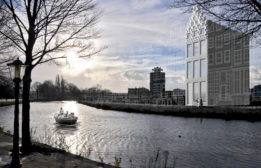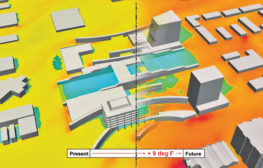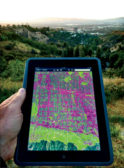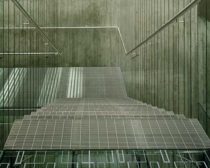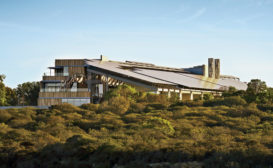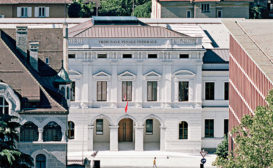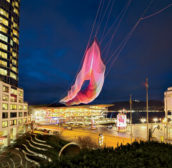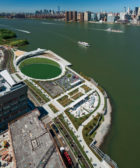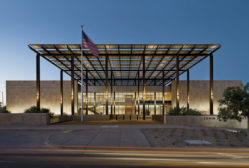Architectural Technology
Three design teams employ three different methods to arrive at 3-D printed structures.
Read More
Thirst for Knowledge
Data on water conditions are feeding digital tools to solve myriad planning problems.
Read More
Approaching Zero
Design teams reach the once-elusive goal of creating buildings that produce as much energy as they consume.
Read More
Sculptural Skins
Digital fabrication comes into its own for creating precisely crafted, complex building envelopes, even on larger projects.
Read More
The Engineering of Art
Artists who use public space as their canvas often depend on structural experts to help them realize their visions.
Read More
Going with the Flow
From coast to coast, design professionals deploy innovative strategies to manage water and enhance sustainability.
Read More
The New Master Builders
Architects warm to a project delivery method that makes them more integral to the construction process and reasserts their control over the final product.
Read More
Copyright ©2024. All Rights Reserved BNP Media.
Design, CMS, Hosting & Web Development :: ePublishing
